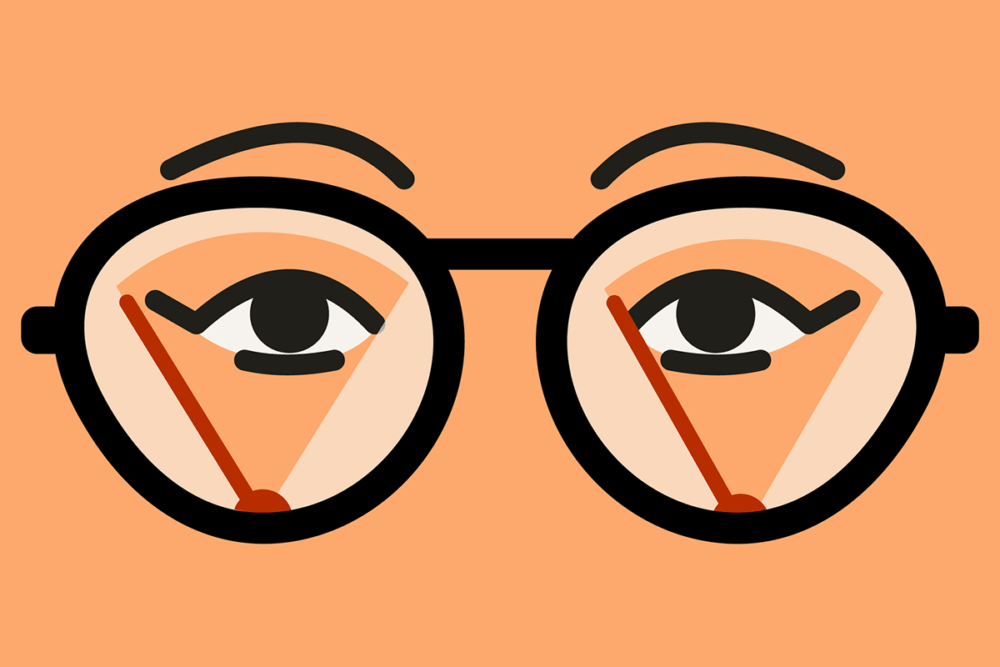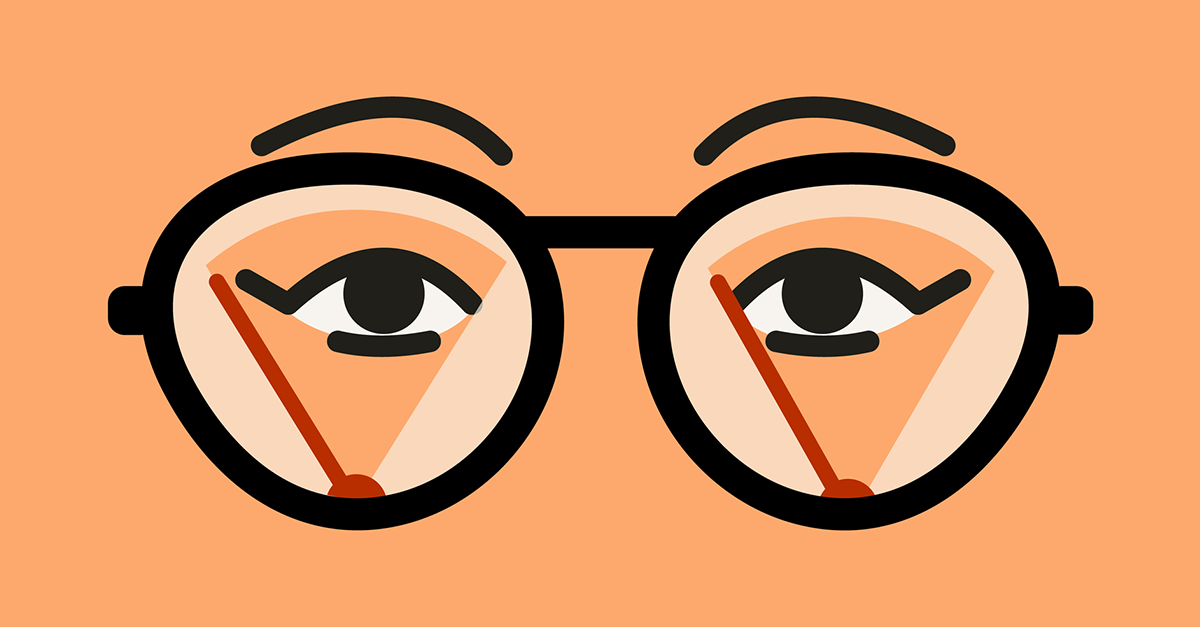Constructing Units That Drive Story Suspense

Right now’s publish is by writer Janee’ Butterfield.
Let’s be sincere—author’s block is irritating. It creeps in whenever you least count on it and might make even essentially the most devoted author really feel like they’ve run out of concepts. For thriller writers, the strain can really feel even heavier. You’re not simply making an attempt to put in writing—you’re making an attempt to shock, grip, twist, and terrify.
However right here’s the key: you don’t at all times want a plot to start out writing. You want a set off. And generally that set off is a single object.
Constructing gadgets that drive suspense
After I’m caught creatively, I don’t stare at a clean web page and await a plot twist to materialize. I begin with a tool—one thing unusual, eerie, or harmful. A software, object, or mechanism that immediately creates unease. From there, the story begins to develop.
In my debut novel Caught in Cryptic, I constructed the plot round a pair of yellow-tinted glasses. These weren’t your common retro shades. That they had tiny windshield wipers that scraped backwards and forwards throughout the lenses, making a weird and unsettling impact. However their actual horror got here from what they did: if the wearer disobeyed a sure rule, the glasses would activate a timed chemical agent that burned by means of the eyes. It was psychological torment with a built-in countdown.
The sequel, Falling Cryptic, expanded that concept with digital actuality glasses that trapped customers inside manipulated reminiscences, making it almost not possible to inform actuality from phantasm. Each units of gadgets served one core perform: increase the stakes, distort management, and power my characters into not possible choices.
The proper gadget doesn’t simply add suspense—it turns into the engine of the story.
Why gadgets work
There’s one thing primal in regards to the concern of being trapped, managed, or helpless within the face of an object you don’t totally perceive. Units faucet into that.
Listed here are just a few iconic examples that impressed me and completely illustrate this idea:
- The Ring (2002): A cursed VHS tape kills anybody who watches it inside seven days. It’s easy, tangible, and terrifying. The second the characters hit “play,” the countdown begins. The tape isn’t only a prop—it’s the core of the horror.
- Noticed’s Reverse Bear Lure: This gadget does greater than threaten bodily destruction. It represents the bigger ethical dilemma of the collection: how far are you prepared to go to outlive? Its visceral design and time strain create rapid dread.
- Stephen King’s Christine: A 1958 Plymouth Fury with a thoughts of its personal. It seduces, possesses, and kills. Christine is each a personality and a tool—one which transforms the mundane (a automobile) into one thing monstrous.
What makes these examples unforgettable isn’t the thing itself—it’s the foundations tied to them. The countdown. The punishment. The helplessness. It’s the stakes.
Tech meets terror
I work within the tech business full time and write thrillers on the aspect, so know-how naturally shapes the way in which I take into consideration suspense. In Caught in Cryptic and Falling Cryptic, I used gadgets like yellow-tinted glasses that punished disobedience and digital actuality instruments that manipulated reminiscence. My latest e book, Nighty Evening, Expensive, introduces the Dream Catcher—a tool that turns sleep right into a weapon. I’m particularly drawn to instruments that act like unconscious conditioning—tech that controls conduct in delicate, disturbing methods.
For me, the purpose is to make these gadgets really feel attainable—grounded in logic, however simply eerie sufficient to maintain you up at night time.
I at all times ask myself:
- What concern does this gadget faucet into?
- What are the implications of its misuse?
- How does it replicate a deeper emotional or societal reality?
As a result of on the coronary heart of a terrific gadget is greater than perform—it’s a motive. One thing the reader can acknowledge and concern in their very own lives.
Literary lifelines
A few of my favourite authors additionally encourage this strategy. Freida McFadden’s psychological thrillers have taught me weaponize the strange. Jeneva Rose’s intelligent twists remind me to maintain readers guessing. Mia Sheridan’s emotionally wealthy storytelling challenges me so as to add coronary heart even to horror.
Every of them, in their very own approach, builds pressure not simply by means of plot however by means of issues—notes, recordings, tech, locked rooms, damaged telephones. Tangible objects that change the sport.
Begin small
If you happen to’re gazing a clean web page, don’t power the plot. Begin with the gadget.
Ask your self: what object might you place in a room that might shift the environment? What’s the rule connected to it? What occurs if somebody breaks that rule?
Generally the important thing to transferring ahead isn’t inventing a brand new plot—it’s discovering the one factor that breaks your character’s sense of security.
For me, it began with a person at a ballpark carrying yellow-tinted glasses. One thing about him gave me chills. Years later, these glasses grew to become the seed for my first thriller. And each e book since has been a seek for the subsequent eerie mechanism.
Concepts aren’t magic. They’re constructed—one creepy object at a time.
Residing in Northern Virginia along with her husband, two daughters, and a spirited Siberian Husky, Janee’ Butterfield is an writer with a ardour for crafting compelling tales. With three self-published novels in a fascinating collection, she invitations readers to discover her work at janeebutterfield.com. Past her literary pursuits, she thrives within the tech business, balancing her profession along with her love for books and her function as a faithful mom. Desire a free e book? I’d love your suggestions! Subscribe to my publication at JaneeButterfield.com and I’ll ship you a free e book. Let’s hold the dialog going.

0 Comment